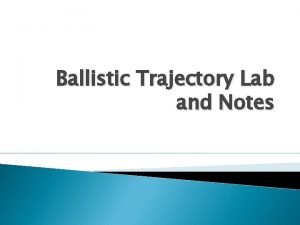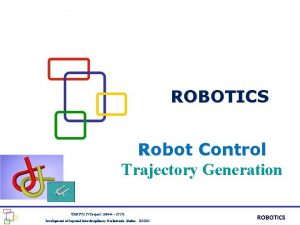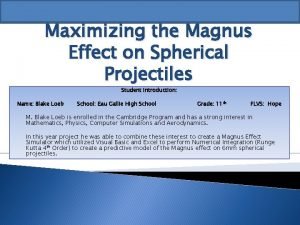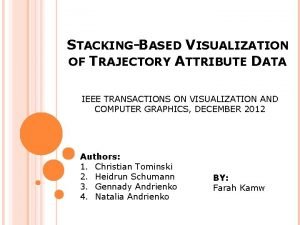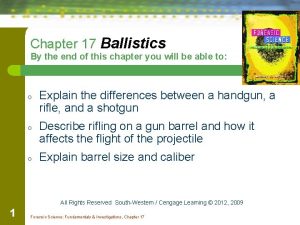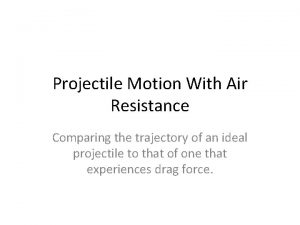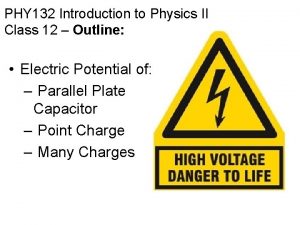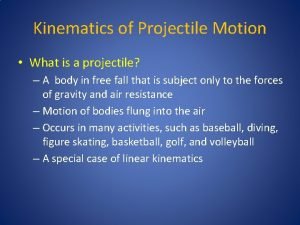Where Next a Location Predictor on Trajectory Pattern













- Slides: 13

Where. Next: a Location Predictor on Trajectory Pattern Mining Anna Monreale Fabio Pinelli Roberto Trasarti Fosca Giannotti Knowledge Discovery and Delivery Lab (ISTI-CNR & Univ. Pisa, Italy) www-kdd. isti. cnr. it e-mail: [name]. [surname]@isti. cnr. it KDD 2009 - Paris

Next Location Prediction: Motivations Predicting the next location of a trajectory can improve a large set of services such as: Navigational services. Tra�c management. Location-based advertising. Services Pre-fetching. Simulation. ? . 35 ? . 4 Hospital Hotel ? . 8 Station

Basic Idea: People move as the crowd moves How to realize this idea: Using Local movement patterns as predictive rules. Extract patterns from all the available movements in a certain area instead of on the individual history of an object; Use such learning as predictor when an individual movement is close enough to a collective movement behavior Prediction Tree Trajectories dataset Local patterns

Trajectory Pattern Mining The local pattern we use is the T-Pattern. It describes the common behavior of group of users in space and time. F. Giannotti, M. Nanni, F. Pinelli, and D. Pedreschi. Trajectory pattern mining. KDD 2007: 330 -339.

The Method Select the set of interesting trajectories Extract T-Patterns (The Local patterns) A priori prediction power measurement Merge T-Patterns (Global model) Use the Condensed model as predictor A posteriori analysis

T-Pattern Tree Having the best set of T-Patterns we can merge them to build the global model. The compact representation is the prefix-tree. For Each node v • Id identifies the node v • Region a spatial component of the T-Pattern • Support is the support of the T-pattern For Each edge j • [a, b] correspond to the time interval αn of the T-Pattern

Predict by means of T-Pattern tree Having a new trajectory we follow these steps: 1. Search for best match 2. Candidates generation 3. Make predictions Best Match Candidates Predictions How to compute the Best Match?

Punctual Score and Path Score The punctual score is the spatio-temporal distance computed between the segment of trajectory (bounded in time using the previous transition time) and a node of a path. The path score is the aggregation of all punctual scores along a path. Three kinds of possible aggregation: o Average generalizes distances between the trajectory and each node o Sum is based on the concept of depth o Max is the optimistic one, the best punctual score is selected as path score The Best Matching path is the path having: ü the maximum path score; ü at least one admissible prediction.

A Posteriori analysis The results are evaluated using the following measures: Accuracy: rate of the correctly predicted locations (space and time) divided by the total number of trajectories to be predicted. Ø Predicted Location Cut Original Average Error: the average distance between the real trajectories in the predicted interval and the region predicted. Ø Error Cut Original Predicted Location Prediction rate: the number of trajectories which have a prediction divided by the total number of trajectories to be predicted. Ø

Experiments The experiments are performed on the Milan dataset provided by the Geo. PKDD project. Training set: 4000 trajectories between 7 am and 10 am on Wednesday Test set: 500 trajectories between 7 am and 10 am on Thursday. Accuracy vs Prediction rate

The System A visual example of the application on Milan mobility data. The context is traffic management and we want to predict how the traffic will move in the city center. We have built a predictor on a “good” set of T-patterns which include the city gates of Milan. Part of the Geo. PKDD integrated platform. F. Giannotti, D. Pedreschi, and et al. Geopkdd: Geographic privacy-aware knowledge discovery and delivery (european project), 2008.

Conclusions - A new technique to predict the next locations of a trajectory based on previous movements of all the objects without considering any information about the users. - The time information is used not only to order the events but is intrinsically equipped in the T-Patterns used to build the Prediction tree. - The user can tune the method to obtain a good accuracy and prediction rate. - We have experimented the method in real world application.

Thank you for your attention. Questions?
 X.next = x.next.next
X.next = x.next.next A cross country skier moves from location a to location b
A cross country skier moves from location a to location b What is location planning in operations management
What is location planning in operations management Ballistic notes
Ballistic notes Unscented trajectory chapter 5
Unscented trajectory chapter 5 Qdof
Qdof Magnus effect
Magnus effect The trajectory
The trajectory Factors of projectile motion
Factors of projectile motion Nibis ballistics definition
Nibis ballistics definition Trajectory with air resistance
Trajectory with air resistance An unscented trail chapter 19
An unscented trail chapter 19 What is the ratio vb/va of the electric potentials
What is the ratio vb/va of the electric potentials Vertical component of projectile motion
Vertical component of projectile motion



